Industry Trends #4: A look at the “Big Three” (Nintendo) Part 1

Disclaimer: I’m breaking this one up into three parts, two for home consoles and one for handhelds; I came to the conclusion that was necessary after doing some planning and realizing how long each of those sections would need to be. I will be talking a little about handhelds here and may mention other consoles (this article will only go in depth to the SNES) but only skimming over them. So look for the Nintendo 64 to present and the handheld posts sometime later in the week!
Oh boy, here we go! This is going to be a big one. Nintendo is one of the most recognizable gaming brands and have been in the gaming business before both Microsoft and Sony. A fun fact that many people don’t know is that Nintendo was founded in 1889 as a card game manufacturer. This makes them over one hundred and twenty years old and much older than both Sony and Microsoft!
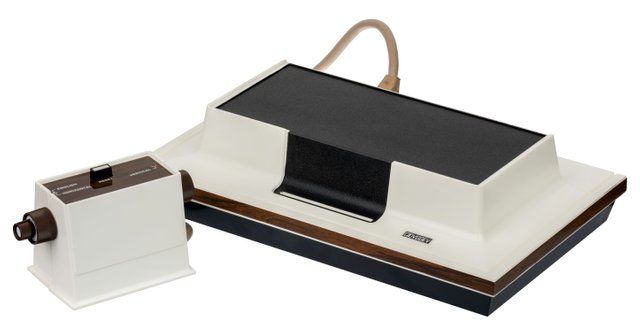
Nintendo’s first step into the gaming industry was securing the distribution rights for the Magnavox Odyssey. The Magnavox Odyssey was the first commercially built/sold home console in gaming history and that was probably best knowing for its ping pong game, which was inspired by Atari’s Pong.
After some time Nintendo began to produce its own home gaming console, known as the Colour TV-Game. The same year Shigeru Miyamoto was hired by Nintendo to create the casing for several of its games and he was placed under the supervision of Gunpei Yokoi. At the time no one would have been able to imagine the type of influence these two people would in the gaming industry.
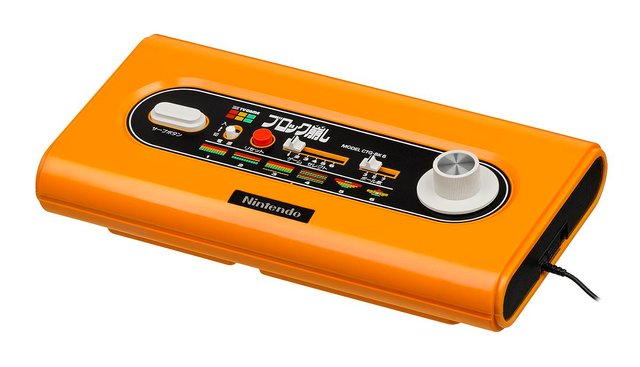
From there Nintendo decided to dip its toes in the Arcade scene, releasing several games with small success. However in 1981 they released a game called Donkey Kong, a game that would forever change the company and its strategic direction. Donkey Kong proved to be a huge critical and commercial success and allowed Nintendo more opportunities such as licensing the game to other home consoles at the time such as the Atari 2600 and the Intellivision.

Following the success of Donkey Kong, Yokoi came up with the idea of a handheld video game console when watching passenger on a train play with a calculator. From that one moment of inspiration, the Game & Watch was created and this would be Nintendo’s first worldwide success for video game consoles. (More on this in the handheld focused post!). Yokoi would then go on to develop the cross d-pad controller design for the Donkey Kong version of this console, a design that would be used for the NES and SNES consoles.
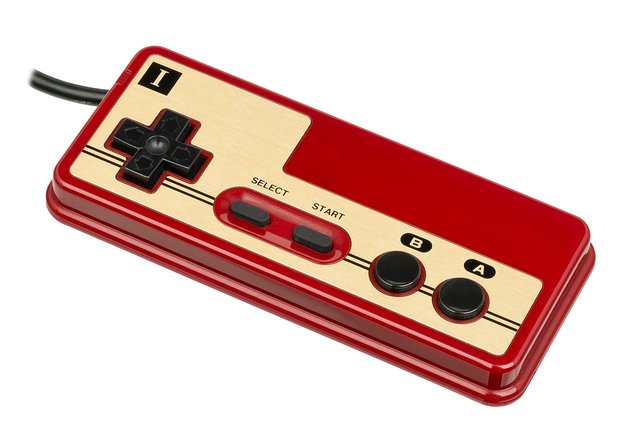
In 1983 Nintendo then launched the Family Computer, also known as the Famicom and Nintendo Entertainment System (US release) video game console. The Famicom released with some of nintendo’s popular arcade games and Zelda, a gaming franchise that would go on to be one of the most iconic in all of gaming. The console was heavily influenced by the design of ColecoVision and focused on sharp visuals with good sound quality and was well received. However due to a faulty chip that caused freezing, the console had to be recalled and the defect fixed, this situation could be compared to the RROD situation with the Xbox 360. After its recall and problems were addressed the console went on to become extremely popular and in 1985, was released in the US as the Nintendo Entertainment System.
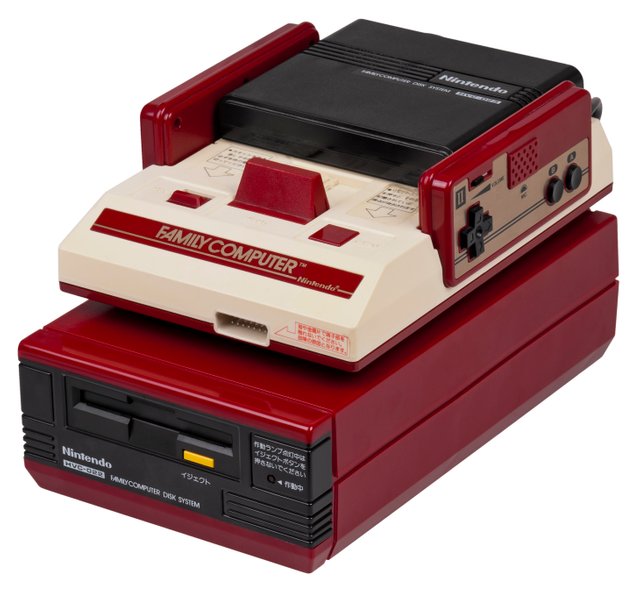
This console would become one of, if not the most important video game console of all time because during its release the video game market was crashing and badly. Many companies went out of business and total gaming related revenues were a fraction of what they used to be. However due to the popularity of the NES and the games it launched with such as Super Mario Brothers and Duck Hunt, Nintendo single handedly saved the gaming industry.
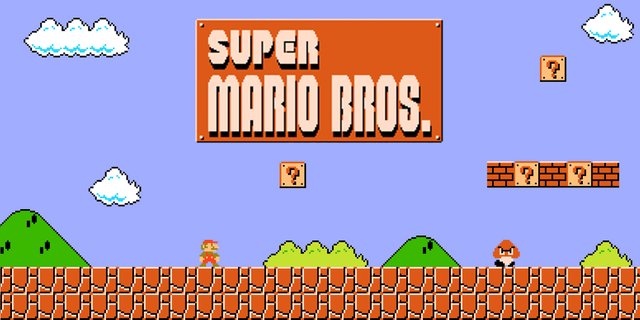
This was through a combination of great games and honestly. Consumer confidence in gaming was down due to misrepresentation of games by various companies through their marketing and art work (a practice that continues to this day), however Nintendo only promised what they could deliver and never faltered. This honesty and consistency renewed consumer interest in North America and thus gaming was saved!
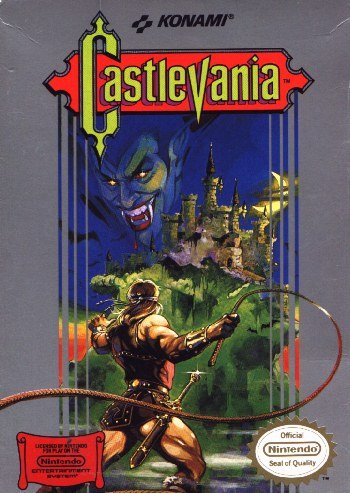
On a personal front one of my favourite gaming franchises, Castlevania, was born on the NES. This franchise has brought me a lot of happiness over the years, so I am very grateful to the NES for being a platform that allowed it to become popular.
If you guys want to check it out, I did a write up on the Castlevania franchise here. https://steemit.com/gaming/@gd1551/castlevania-series-look-what-is-a-man-but-a-miserable-pile-of-secrets
Also I can’t forget to mention Metroid, a game that was designed so well, it was the BASIS of an entire genre of games. Metroid and Castlevania, together spawned the Metroidvania genre. While Castlevania did have its part to play (Symphony of the Night having its own take on the formula influenced others to do so as well), Metroid was the basis of the genre. What I also love about Metroid was that it was heavily inspired by Alien, one of my all-time favourite movies.
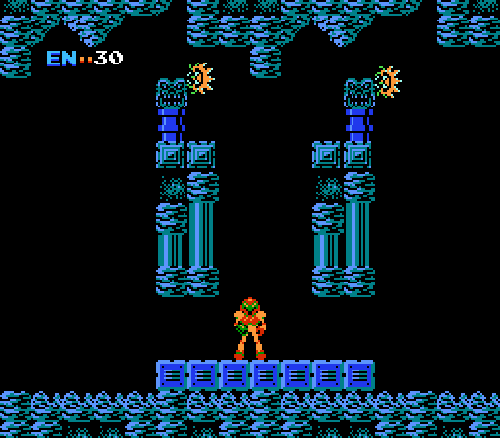
With a wildly successful home console, Nintendo looked toward the future and in 1988 Yokoi, the man behind the Game and Watch, created the Gameboy. This handheld console that would go on to create a new market for games and profoundly affect game design (more on this in my handheld post!).
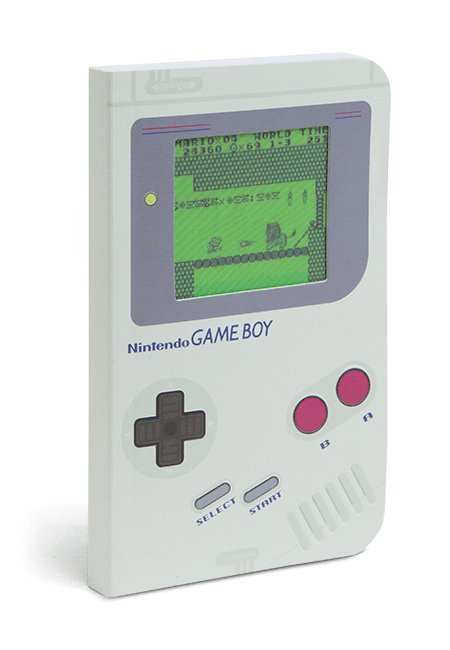
After the Gameboy, Nintendo announced plans to release a successor to the Famicom, called the Super Famicom, as known as the Super Nintendo Entertainment System.
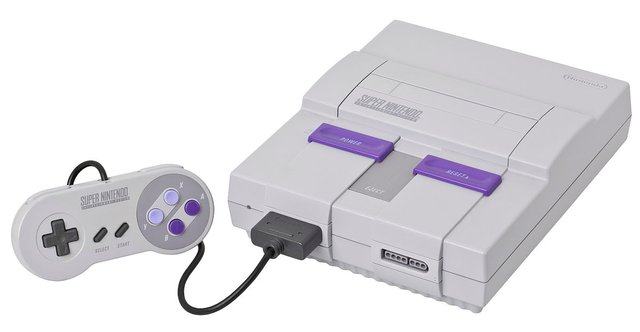
The SNES was another milestone console in many ways, with Nintendo’s game designers continuing to popularize and lead the shift away from the “Arcade Mentality” of game design as I like to call it and its improvements to the NES controller. The SNES controller featured a more ergonomic design, as well as additional buttons at the top which allowed for six button layouts that were featured in many arcade games at the time.
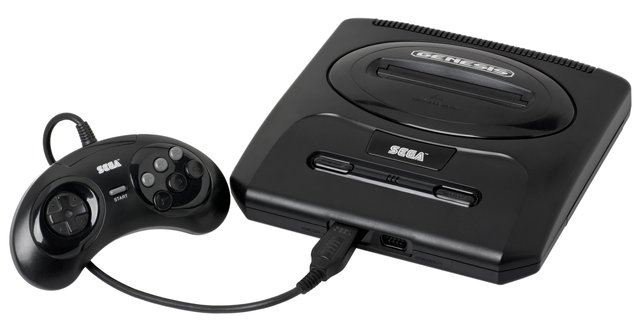
There was competition from Sega’s Genesis System also known as the Mega Drive with its wildly popular Sonic games as well as Castlevania: Bloodlines and the uncensored version of Mortal Kombat. However the SNES had many popular third party developers supporting it such as Square, Capcom, Enix and Konami, with a majority of these devs coming over due to the success they found on the NES.

This made the SNES the console for most gamers, especially with how prevalent RPGs were on the system. Games like Final Fantasy, Dragon Quest, Secret of Evermore, Chrono Trigger, Earth Bound and Mario RPG were so popular and couldn’t be found on the other systems with such abundance or quality. While this love of RPGs would be one of their biggest assets in the SNES era, it would come to greatly hurt them in the N64 era and beyond.
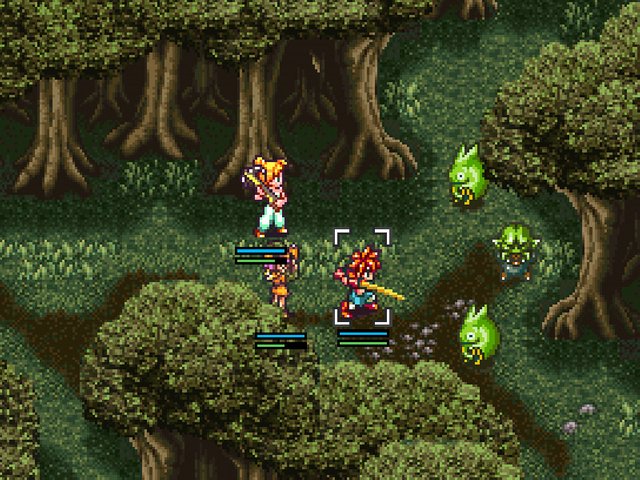
Now I’d like to mention a few games that I personally loved, starting with Zelda. Despite Zelda I and Zelda II on the NES, it wasn’t until Zelda: A Link to the Past, that the franchise truly hit its strides. It became widely popular game, featuring Link, one of the most recognizable game characters to this day, on an epic adventure across a sprawling world. From Kakariko Village to Death Mountain to the Desert of Mystery to the Dark World there were many unique and memorable locations, each with their own challenging dungeon and boss battles.
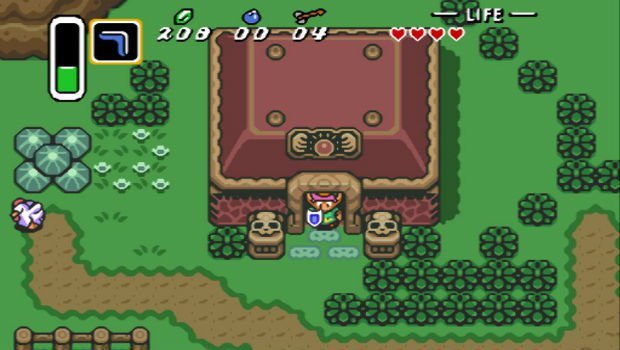
LTTP (Link to the Past), represented a new milestone in what games could be, unless you were into gaming at the time, it would be extremely difficult to see how amazing this game was when it came out. Besides improving on every aspect of its predecessors, it was an open world game that had two world states. This as well as being so vast was an extremely monumental achievement.
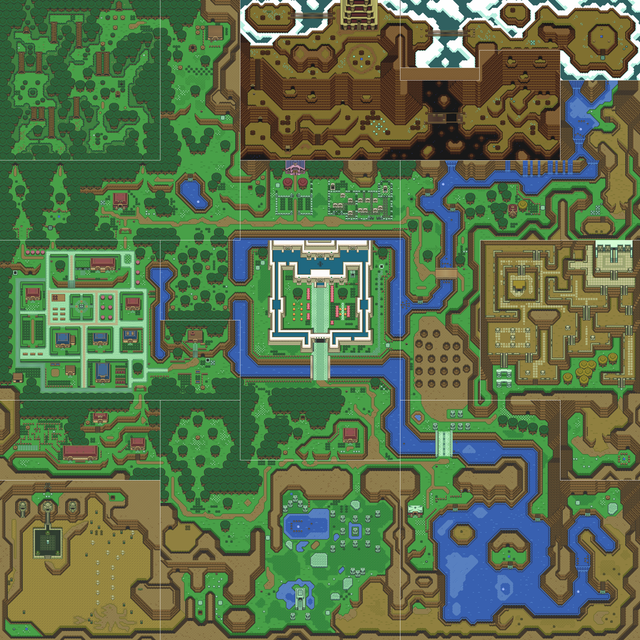
Super Metroid, a game so well designed that it still holds up well to this day, I poured so many hours into this game that I know it as well as my neighbourhood. The atmosphere, the sense of loneliness and the fast paced action had me hooked!

Donkey Kong Country, while I’m not too big on the sequels, the first DKC game was amazing. While on paper it looks similar to Mario, it just felt so much more different, with a completely different art style, more varied gameplay elements (mine cart level etc) and much more complex level design it stood on its own two feet compared to its more popular juggernaut.

Super Castlevania 4, I don’t know if you guys have realized yet, but I am a massive CV fan and SC4 was the pinnacle of pre-SOTN Castlevania games. SC4 took all the best elements of all the previous games, improved on them and added a few of its own.

Super Mario World, I don’t think I even need to say anything here, but no Mario game in existence has given me as much joy as Super Mario World. I played through this more times than I can count and it was awesome each time.

Street Fighter 2, the game that got me into fighters, with a large and unique cast of characters, hilarious voice lines and addicting gameplay, it was like having an arcade in your house!

Metal Warriors, a more unknown game, but since I loved mechs I was pretty hooked! The game was also very “cinematic” with missions such as the Ship defense and final mission.

Star Fox, I guess you guys can tell by now that I am also a sci-fi nerd, so a game that featured flying fighter ships vs other ships would have my interest piqued. Fortunately it was also a great game.

So this concludes part one of my three part series of Nintendo, the other two parts will be released this week as long as I get time. Part two will focus on the handheld side of Nintendo, culminating with part three that will look at the 3D era for Nintendo and how I currently view them as well as their policies. As always, upvote, follow and resteem if you liked this and if you are interested, you can take a look at my posts on Sony and Microsoft below.
https://steemit.com/gaming/@gd1551/industry-trends-3-a-look-at-the-big-three-sony
https://steemit.com/gaming/@gd1551/industry-trends-2-a-look-at-the-big-three-microsoft
Image Sources: 1,2,3,4,5,6,7,8,9,10,11,12,13,14,15,16,17,18,19,20,21,22,23
Congratulations! This post has been upvoted from the communal account, @minnowsupport, by Powie from the Minnow Support Project. It's a witness project run by aggroed, ausbitbank, teamsteem, theprophet0, and someguy123. The goal is to help Steemit grow by supporting Minnows and creating a social network. Please find us in the Peace, Abundance, and Liberty Network (PALnet) Discord Channel. It's a completely public and open space to all members of the Steemit community who voluntarily choose to be there.
If you like what we're doing please upvote this comment so we can continue to build the community account that's supporting all members.
Loved the super nintendo really good job with this article @gd1551
Thank you very much!
Awesome review of Nintendo! This part of your overview is my favorite one (meaning this was my favorite series of consoles and games). Don't forget to include a note about the Nintendo Power magazine!
Also, you skipped the Power Pad and World Class Track Meet, but I'll forgive you :)
Great Post!
Haha yeah! If I talked about all that stuff I wouldn't ever finish! I thought about mentioning the power glove and virtual boy but decided against it :P
This post has received a 2.04 % upvote from @booster thanks to: @oregonpop.
Thanks!